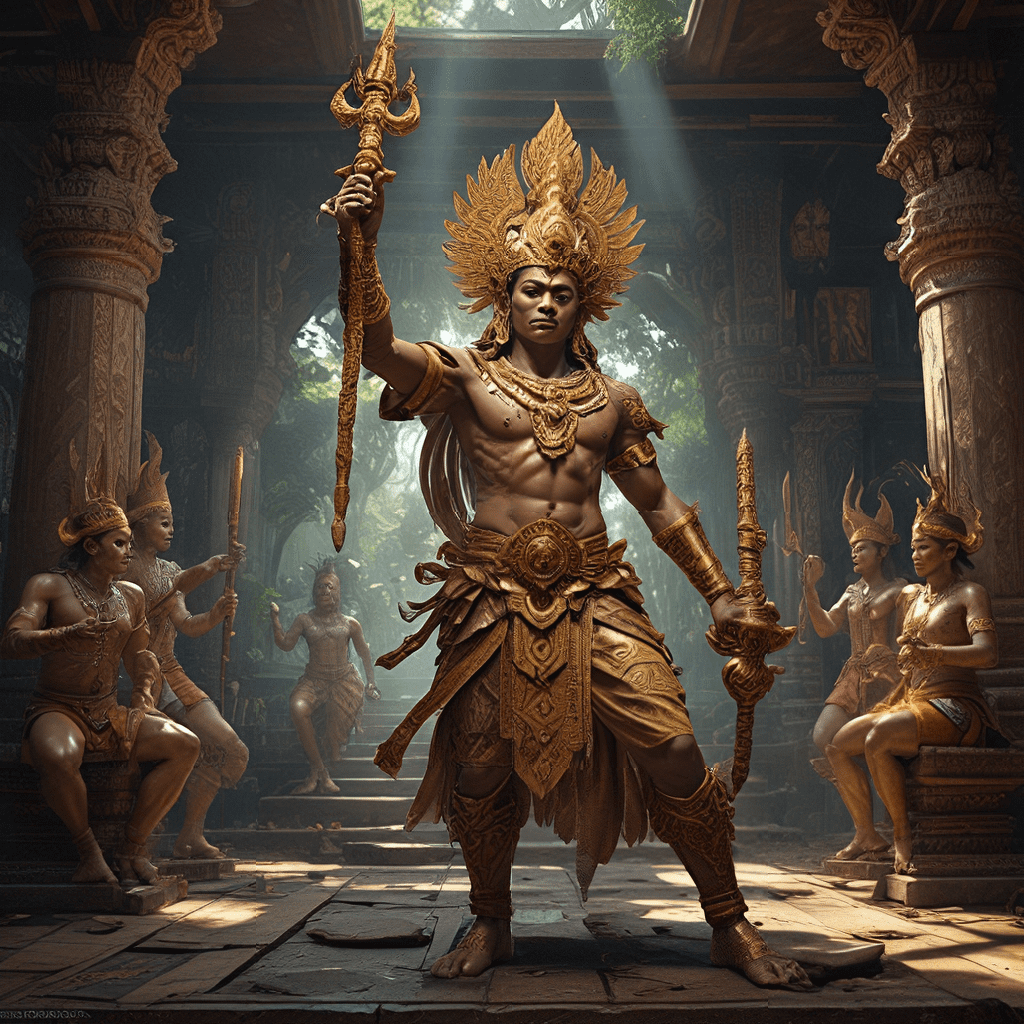The Most Influential End Times Prophecies in Human History
1. Introduction: Understanding End Times Prophecies
End times prophecies are predictions about events that are believed to occur at the end of the world or the end of a significant era. These prophecies often address themes of judgment, transformation, and the ultimate fate of humanity. Across various cultures and religions, these prophecies have played a vital role in shaping beliefs and influencing social and political movements.
This article aims to explore the most influential end times prophecies throughout human history, examining their historical contexts, religious significance, and cultural representations. We will delve into biblical, Islamic, and Jewish prophecies, analyze the impact of figures like Nostradamus, and consider modern prophetic movements. By understanding these prophecies, we can gain insights into their enduring legacy in contemporary society.
2. Historical Context of Prophecies
End times prophecies can be traced back to ancient civilizations, where they often served as a means of explaining natural disasters, societal upheaval, and existential crises. Many cultures developed their own prophetic narratives, often intertwined with their religious beliefs.
- Ancient Civilizations: The Sumerians, Egyptians, and Mayans each had their own interpretations of cyclical time and prophecy.
- The Role of Religion: Major religions have played a significant role in shaping end times beliefs. For example, the apocalyptic visions in Zoroastrianism influenced later Jewish and Christian eschatologies.
- Key Historical Events: Events such as the fall of empires or natural disasters often prompted prophetic interpretations and the belief in imminent judgment.
3. Biblical Prophecies: The Book of Revelation
The Book of Revelation, the final book of the New Testament, is perhaps the most well-known biblical prophecy. It presents a vivid and often cryptic vision of the end times, featuring key figures such as the Antichrist, the Beast, and the faithful remnant.
Its significance lies not only in its theological implications for Christianity but also in its influence on Western culture’s views of apocalypse and judgment. Some key figures and symbols include:
- John of Patmos: The author of Revelation, who claimed to receive divine revelations.
- The Four Horsemen: Representing conquest, war, famine, and death.
- The New Jerusalem: Symbolizing hope and renewal for believers.
The interpretation of Revelation has evolved over time, influencing various movements, including millennialism and fundamentalism, as believers seek to understand its implications for modern society.
4. Islamic Eschatology: The Day of Judgment
Islamic eschatology encompasses a rich tapestry of beliefs surrounding the Day of Judgment, or Yawm al-Qiyamah. Central to these beliefs is the idea of resurrection and divine judgment based on one’s deeds in life.
Key elements of Islamic end times prophecies include:
- The Mahdi: A messianic figure who is expected to appear before the Day of Judgment to restore righteousness.
- Isa (Jesus): In Islam, Jesus returns to defeat the false messiah (Dajjal) and establish justice.
- The Final Judgment: All individuals will be resurrected and judged by Allah based on their actions.
Comparatively, Islamic eschatology shares similarities with Jewish and Christian beliefs, yet it maintains unique elements that reflect its distinct theological framework.
5. Jewish Prophecies: Messianic Expectations
In Judaism, eschatological beliefs are closely tied to the concept of the Messiah, a future leader who will bring peace and restore Israel. Jewish prophecies emphasize the hope for redemption and the coming of a Messianic age.
Key aspects of Jewish eschatology include:
- The Messiah: Expected to be a human leader from the lineage of King David.
- The Restoration of Israel: A central theme in Jewish prophecy, signifying a return to a sovereign state.
- Universal Peace: The belief that the Messiah will usher in an era of peace and knowledge of God.
These beliefs have profoundly impacted Jewish culture and identity, particularly in times of persecution and diaspora.
6. Nostradamus and the Popularization of Prophecy
Nostradamus, a 16th-century French astrologer and physician, is one of the most famous figures associated with prophecy. His work, “Les Prophéties,” contains a collection of quatrains that many believe predict future events.
Some of his most notable prophecies include:
- The Great Fire of London (1666)
- The Rise of Adolf Hitler
- The September 11 attacks
Nostradamus’s cryptic style has led to various interpretations, and his influence persists in popular culture through books, films, and discussions on prophecy.
7. Modern Prophetic Movements and Their Impact
In recent years, several modern prophetic movements have emerged, often fueled by technological advancements and social media. Figures like Harold Camping, who predicted the Rapture in 2011, have garnered significant attention.
Additionally, the Mayan prophecy of 2012 sparked global interest, leading to widespread speculation about the end of the world. The role of social media in spreading these beliefs cannot be overstated, as it allows for rapid dissemination of prophetic ideas and interpretations.
Case studies of significant modern predictions include:
- Harold Camping’s predictions and their aftermath
- The 2012 Mayan calendar interpretations and subsequent public reaction
These movements highlight the enduring fascination with end times prophecies in contemporary society.
8. Cultural Representations of End Times Prophecies
End times prophecies have significantly influenced literature, film, and art, reflecting societal anxieties and hopes. From classic works like “The Road” by Cormac McCarthy to films like “The Terminator,” these narratives often explore themes of apocalypse and survival.
Analyzing how these representations shape public perception reveals:
- The impact of dystopian narratives on societal views of prophecy.
- How literature and film can both reflect and shape cultural attitudes towards the future.
These artistic expressions serve as a lens through which we can understand the collective fears and hopes surrounding end times scenarios.
9. Skepticism and Criticism of End Times Predictions
Despite the enduring fascination with end times prophecies, skepticism and criticism abound. Many critics argue that such predictions are often unfounded and rely on misinterpretations of texts.
Failed predictions have led to disillusionment among believers and raise important questions about the validity of prophetic claims. The role of science and rational thought in contemporary discussions of prophecy is increasingly significant, as individuals seek evidence-based explanations for existential questions.
10. Conclusion: The Enduring Legacy of End Times Prophecies
End times prophecies have left an indelible mark on human history, shaping religious beliefs, cultural narratives, and societal values. As we reflect on their significance, it is clear that these prophecies continue to resonate with individuals seeking meaning in an uncertain world.
Whether through ancient texts, modern interpretations, or cultural representations, the exploration of end times prophecies reveals our collective hopes, fears, and the enduring quest for understanding the future.
</html



